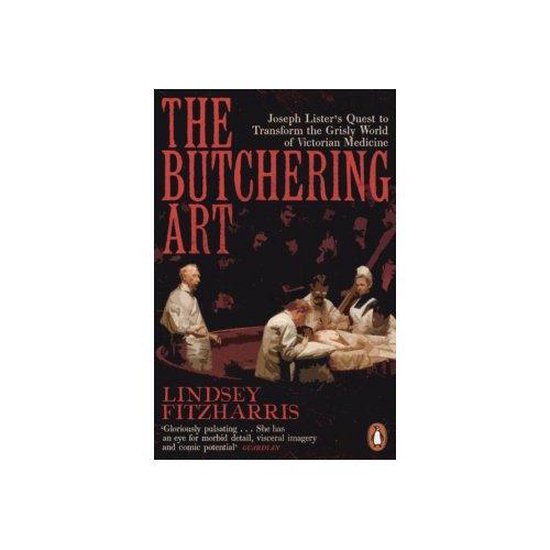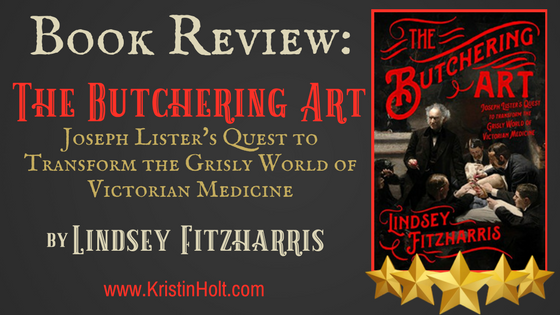

The Butchering Art traces Lister's lifelong obsession with finding an antiseptic treatment, a quest balanced somewhere between serendipity and Sisyphus: His inventor father gifted him the sort of microscope that can see bacteria, and he spent decades trying to figure out what exactly he was looking for.

Shots - Health News How Moldy Hay And Sick Cows Led To A Lifesaving Drug (Gangrene, erysipelas and septicemia were so prevalent they were collectively called "hospitalism" - the disease you contracted after the doctors had taken care of what ailed you.)

First as a student and then as a surgeon, he was obsessed with the postoperative infections that killed so many patients that many doctors wouldn't operate on the torso because of the likelihood of death from infection. Charles Meigs about the impossibility that a doctor could carry disease on his person between patients: "Doctors are gentlemen, and a gentleman's hands are clean." I still wasn't ready.Īt heart, it's a slender but effective biography of Lister, the sort of comforting historical figure more interested in his work than his legacy. I knew about the disgusting sanitary conditions in 19th-century hospitals I knew about the much-too-slow development of anesthesia I knew the chilling quote from Dr. And I thought I knew more or less what I was in for. The book makes no bones (pun unfortunately intended) about what you'll find inside - it's subtitled Joseph Lister's Quest to Transform the Grisly World of Victorian Medicine, so you're duly forewarned. To read The Butchering Art, you should have a stronger stomach than mine. Your purchase helps support NPR programming. Close overlay Buy Featured Book Title The Butchering Art Subtitle Joseph Lister's Quest to Transform the Grisly World of Victorian Medicine Author Lindsey Fitzharris


 0 kommentar(er)
0 kommentar(er)
